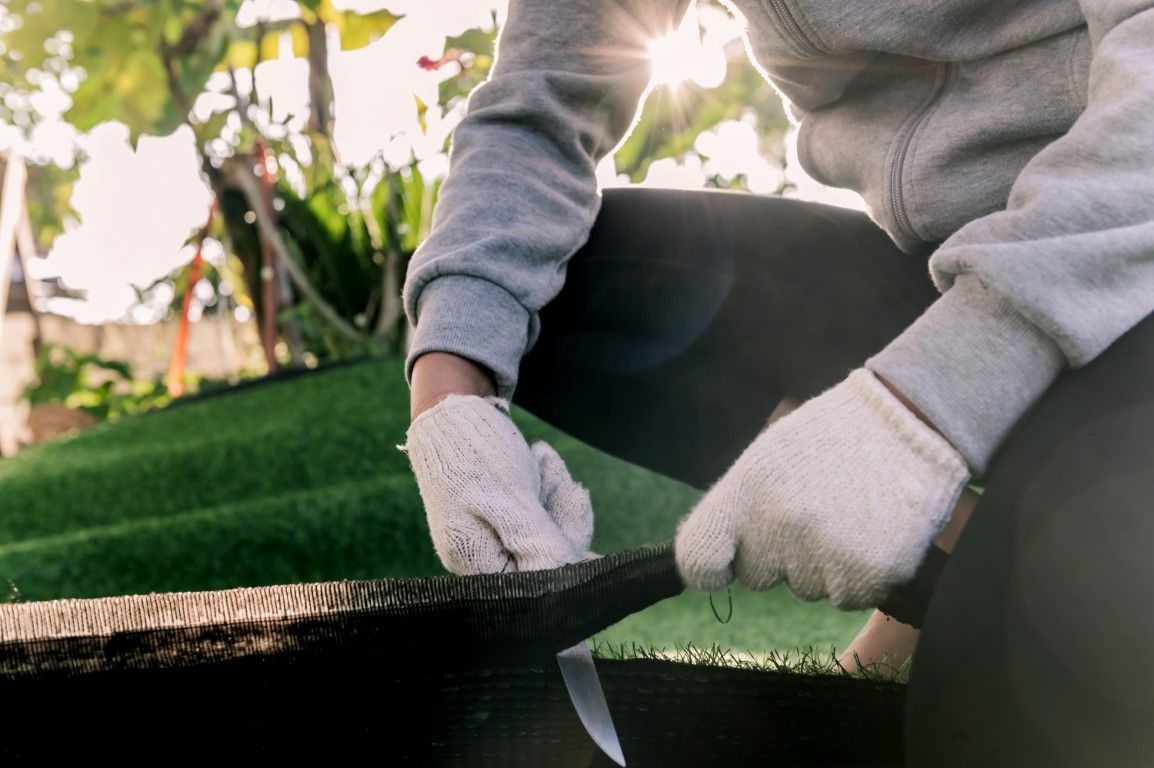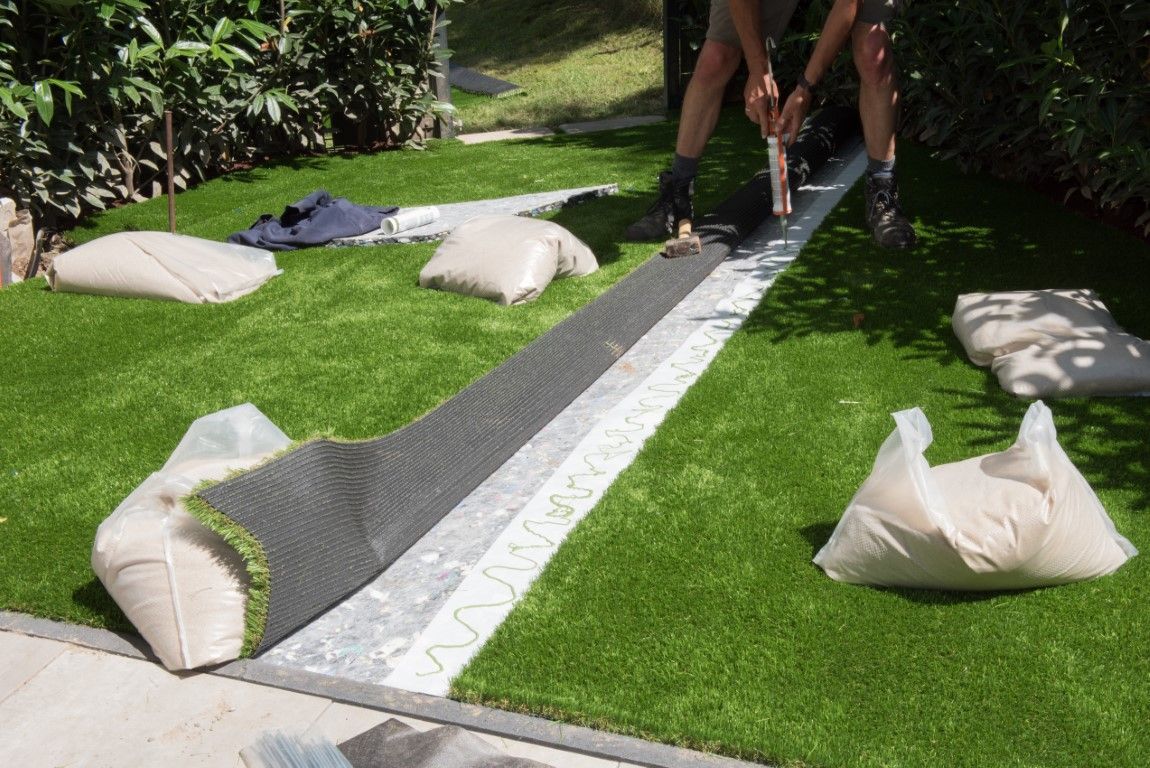Synthetic Turf Maintenance
Regular cleaning of synthetic turf is essential to maintain its appearance, durability, and hygiene. Over time, dust, dirt, leaves, and other debris can accumulate on the surface, making the turf look unkempt and potentially damaging the fibers. Cleaning typically involves sweeping or using a leaf blower to remove loose debris, followed by hosing down the turf to remove stubborn dirt and to ensure a fresh, clean look. Additionally, periodic disinfection can help prevent the growth of bacteria and the buildup of odors. Regular maintenance not only prolongs the life of synthetic turf but also ensures a safe and inviting environment for recreational activities and outdoor gatherings.
Pet waste management on artificial grass presents a unique set of considerations. While synthetic turf is a low-maintenance solution, it still requires vigilant attention to pet waste. Unlike natural grass, synthetic turf doesn't have the natural filtration system that soil provides, making it essential to promptly clean up after pets to prevent lingering odors and potential contamination. Regularly scooping and disposing of pet waste in a sanitary manner is essential. Additionally, rinsing the affected area with water or mild soapy solutions can help maintain a clean and odor-free synthetic turf. For synthetic turf used in pet-friendly spaces, built-in drainage systems and infill materials designed to neutralize odors can be incorporated to aid in waste management, ensuring a fresh and comfortable environment for both pets and their owners.
Inspecting damage to synthetic turf is a crucial aspect of its maintenance and longevity. Regular inspections can help identify issues early and prevent them from escalating into more extensive and costly problems. During an inspection, one should look for signs of wear and tear, such as fraying or unraveling fibers, bald spots, discoloration, or seam separations. Damage caused by excessive foot traffic, heavy objects, or pet activities should be noted. Additionally, checking for any infill displacement or compaction is essential for ensuring proper cushioning and drainage. By conducting routine inspections and addressing any damage promptly, synthetic turf can be preserved in good condition, providing a long-lasting, attractive, and safe surface for various outdoor activities.

Regular rinsing is a fundamental aspect of its maintenance and hygiene. Over time, dust, pollen, and other small debris can accumulate on the surface, potentially creating a less-than-pristine appearance and impeding drainage. Rinsing the turf with water is an effective way to remove these particles, restoring its fresh and vibrant look. It also helps prevent the buildup of pet odors and bacteria, making synthetic turf a safer and more pleasant environment for both pets and humans. Furthermore, rinsing can aid in maintaining the longevity of the turf by preventing dust and dirt from settling between the fibers, which can, over time, cause wear and tear. This simple yet essential practice contributes to the overall health and aesthetic appeal of synthetic turf, making it a popular choice for various outdoor spaces.
Stain removal on synthetic turf is a necessary task to ensure its aesthetic appeal and cleanliness. Stains on artificial grass can come from a variety of sources, including food, drinks, pet urine, and other substances. To effectively address stains, it's important to act promptly. Begin by blotting or scraping away any excess material, then apply a mild detergent or a specialized synthetic turf cleaner to the stained area. Gently scrub the stain with a soft brush or cloth and rinse thoroughly with water. For stubborn or older stains, a mixture of white vinegar and water can be an effective solution. Regular stain removal not only helps maintain the visual appeal of synthetic turf but also ensures that it remains a healthy and odor-free environment for pets and people alike.
Brushing and fluffing synthetic turf is an essential maintenance practice that helps maintain its lush appearance and longevity. Over time, the fibers of artificial grass may become flattened or compacted due to foot traffic and environmental factors. Brushing, typically done with a stiff broom or specialized brush, helps stand the fibers upright and evenly distributes infill material. Fluffing, which involves loosening the fibers with a brush or other tools, restores the turf's natural texture and resilience. This process not only enhances the turf's aesthetic appeal, giving it a more natural and vibrant look, but also prevents matting and extends its lifespan. Regular brushing and fluffing are essential in keeping synthetic turf in optimal condition for various outdoor applications, from residential lawns to sports fields and playgrounds.
Our
synthetic turf maintenance advice in San Tan Valley, AZ as mentioned above focuses on delivering the highest quality care for artificial grass installations. We specialize in a range of services designed to ensure the longevity and appeal of synthetic turf in this unique desert climate. Our expertise includes regular brushing and fluffing to prevent matting, stain removal to keep your turf pristine, and effective pet waste management to maintain a clean and safe environment. We also offer comprehensive inspection and damage assessment to identify and address any issues promptly. Additionally, our team is experienced in the regular rinsing of synthetic turf to remove dust and debris, promoting a fresh and hygienic surface. With our knowledge and commitment to synthetic turf maintenance in San Tan Valley, we aim to keep your outdoor spaces looking beautiful and functional year-round.



